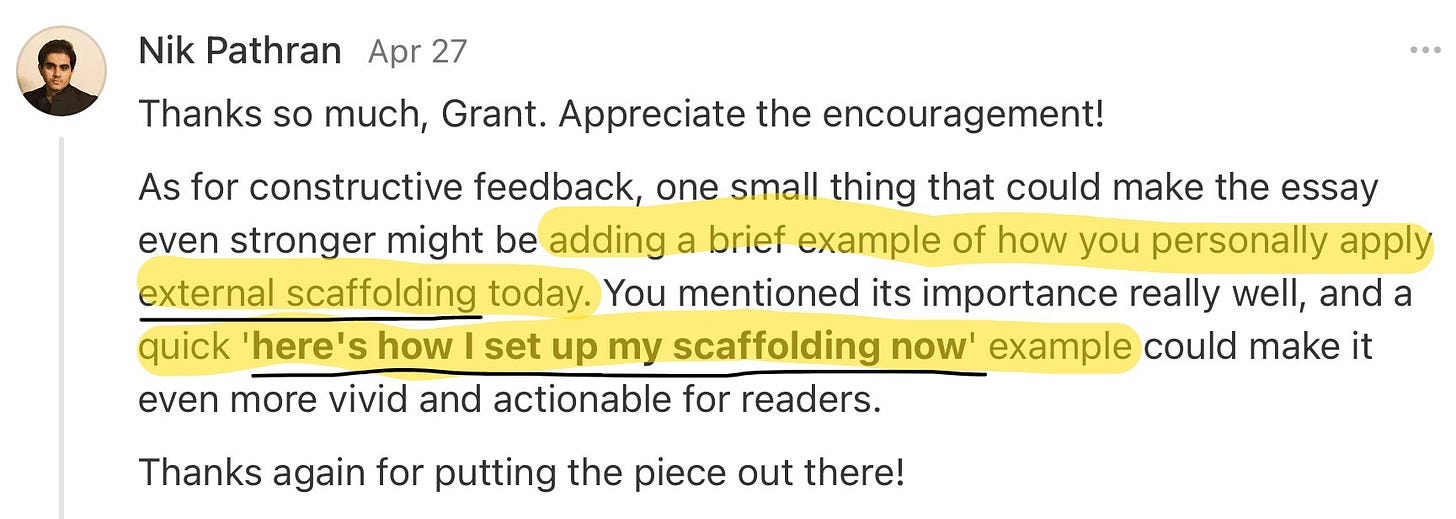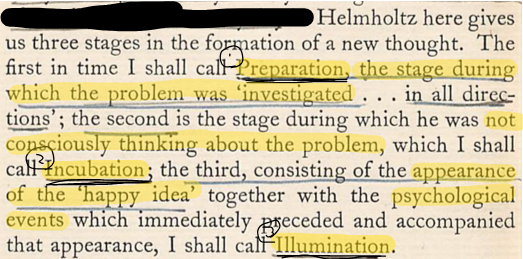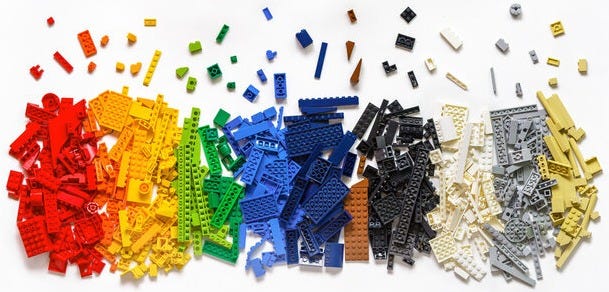How To Scaffold Your Ideas
A creative edge in the age of AI.
Last month I published an article about How To Write Well. Nik Pathran asked me for more information about how to set up and scaffold your ideas. This is how.
Building With LEGO and Your Brain
When I was a kid, LEGOs got me hyped.
What really lit me up wasn’t the original model. It was what came later, when I tore everything apart, mixed pieces from different sets, and built something new.
Great ideas work the same way. You gather fragments, combine them, and over time, new insights emerge. That is the essence of external scaffolding. And our most human quality: creativity.
Why Scaffolding Matters
The average person consumes ~100,000 words of information per day. We’re living in an age of limitless content.

Information synthesis is the new superpower of the 21st century. But it’s only available to those who curate and creatively connect ideas from the 100,000’s of words of information they come across each day.
The Forgetting Curve
Psychologist Hermann Ebbinghaus showed that:
Within an hour we forget 50% of new information,
Within a day we forget 70%,
And after a week, we forget 90%.
Most of your best ideas, unless captured, will vanish within an hour. Scaffolding is how you capture and connect ideas.
How To Scaffold Ideas
1. Idea Capture
For capturing ideas, I just use:
Apple Notes: To capture notes on the go.
A Physical Journal: To write ideas when I sit down at my desk.
You should use whatever fits your workflow. As long as:
Each thought you record is complete. It should stand alone and make sense without extra context.
You regularly capture your best ideas and information, before they’re forgotten.
2. Synthesis
Periodically review your notes in your iPhone or notebook, and group related ones together.
When you synthesizing your notes patterns will begin to reveals. A random observation links to an old quote. An old quote relates to a chart your screenshot from Twitter.
If you keep scaffolding over time, you will start to see single ideas connect and grow. But at some point before putting your ideas down on paper, you’ll hit a roadblock. That’s when it’s time to step away.
3. ‘Aha Moment’
Have you ever solved an insanely hard problem in the shower? That ‘aha moment’ is a result of the incubation effect.
When you’re working hard on connecting ideas together, your brain works hard actively.
Once you step away from connecting the ideas, you give your unconscious mind a place to make new connections.
This method is consistent with over a hundred years of research about the human mind.
The Science of Breakthroughs
In 1926, Psychologist Graham Wallas described the three stages of creativity in The Art of Thought.
Preparation: Jot ideas down in your iPhone.
Incubation: Step away to let your subconscious connect ideas.
Illumination: ‘Aha’ moment where your brain makes the connection on its own.
Experts in artificial intelligence believe that this process is actually what sets us humans apart from AI.
Human vs AI
During a keynote he gave at the AI for Good Global Summit Gary Marcus presents his thesis for the future of AI:
World-changing AI is almost certainly going to require massive, interdisciplinary collaboration.
The human brain is too complex to be understood by any one individual. One must bring together psychologists, linguists, neuroscientists, and philosophers to understand the mind as a whole.
By analogy, we can expect that true artificial intelligence (aka AGI) will span a great range of techniques, and require the expertise of many of the same groups, and not just e.g., the techniques of machine learning.
Gary Marcus
While AI has surpassed humans in some areas like chess, it still has a long way to go in other areas like open-ended language tasks.
The edge that humans have over AI is in our ability to meaningfully connect ideas across domains.
In Summary
Creative breakthroughs come from:
Capturing good ideas across domains.
Synthesizing and connecting them.
Letting your unconscious mind figure it out.
Sort of like building LEGOs.
—Grant Varner









Love how you broke this down, Grant! The LEGO metaphor is spot on. Remixing fragments across domains really does mirror creative thinking at its core. Sometimes we don’t just build ideas this way... we rebuild ourselves through the same process.
Thanks again for taking the time to expand on this.